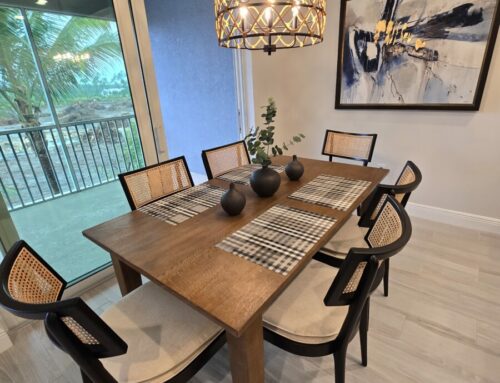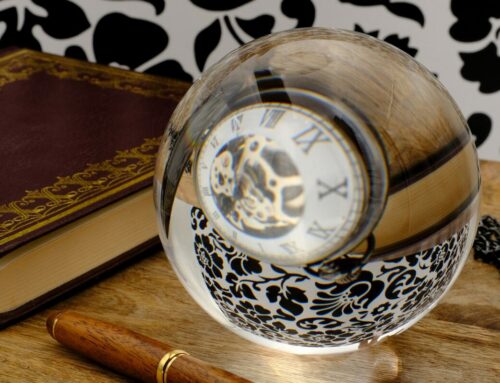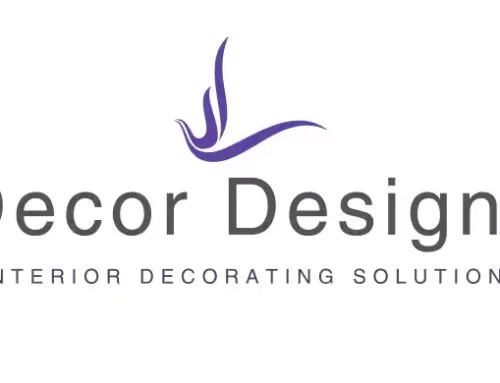If you want to take your interior decorating to the next level, attention to detail definitely raises the bar. Something as simple as moving a piece of furniture, artwork or even accessories just a few inches can make a difference in the finished look of a room. As I’ve said before, the devil truly is in the details.
On the other hand, paying attention to details can derail your efforts if you forget to consider the “big picture”. I work with clients all the time who pay so much attention to detail they get lost in it. No matter where we are in the process, they tend to fixate on the minutiae of the moment rather than looking forward to the finished look. It’s a “can’t see the forest for the trees” kinda thing.
Picking paint color seems to be one of the biggest stumbling blocks for novice decorators. Is it this shade of beige or that shade of gray?

SW 7044 Amazing Gray

SW 7043 Worldly Gray
Given the fact that everyone sees color somewhat differently, it’s anyone’s guess where you might land. Stop the insanity! It’s not that wall colors aren’t very important. But color, just like anything else has to be considered as only a part of the complete picture you’re trying to paint (pun intended). Truth be told, even if the wall colors aren’t the perfect shade of beige, you can still pull it all together by speaking to that color with the rest of your decorating choices. When your space is complete, the wall color will become a back drop to your furniture and other layered decor. And, done correctly, your decor will become a compliment to your wall color. Picking a new rug, new window treatments, accent colors etc…. all are opportunities to get bogged down in the process if you don’t step back for perspective.

With each decorating decision, I encourage you to consider the space as a whole. From something as large as picking paint color to something minor like accessorizing a bookshelf, stepping back for a better look puts the entire job into perspective and helps you avoid unnecessary mistakes.
Attention to detail is the most effective treatment for a condition I call “Accidental Decorating Disorder”. It means you’ve taken time to consider your decor and have taken intentional steps to improve it. On the other hand, you’re assured a relapse if you get lost in every little element losing sight of the finish line.
As with everything, a good balance will help you raise your decorating bar and rise above it at the same time. Happy Decorating from Decor Designs!





 From Decor Designs Owner & Chief Creative,
From Decor Designs Owner & Chief Creative,